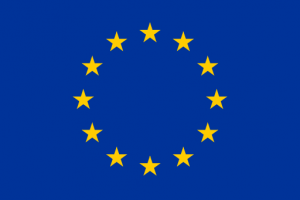The Ecological Vs Political
Delivery is often more ecologically defined, so perhaps we’re just stuck with political dimensions until we get the buy-in we need.
 Image: By Abrget47j (Own work) [CC BY-SA 3.0 (http://creativecommons.org/licenses/by-sa/3.0)], via Wikimedia Commons
Image: By Abrget47j (Own work) [CC BY-SA 3.0 (http://creativecommons.org/licenses/by-sa/3.0)], via Wikimedia Commons By Tim Graham,
@eco_kipple
Well, the recent Natural Environment White Paper introduced us to something new in the Government’s vocabulary, Local Nature Partnerships, amongst a variety of other acronyms, ideas and tempting morsels.
They seem to be the vehicles to drive the ‘step change’ in conservation and biodiversity, which is needed to deliver a move from net loss to net gain, and our international commitments to the CBD made in Nagoya back in 2010 – the Aichi Targets. Now, there is a lot to talk about in the white paper, but in particular with these LNPs it got me thinking about one statement in particular:
‘We will not prescribe that Partnerships should cover a particular spatial area or administrative boundary, as we want to encourage them to form around the places, areas and natural systems that work best locally.’
So, stepping aside from the fact that many of our ecosystems have lost much of their functions and so probably don’t work at their best, I think they are talking about the areas which work best for partnerships and the action they should deliver. It would be great to be able to move things to ecological bounds, and often delivery can be focused in this way, but I’m not sure that there is much room for getting the decision-makers who cross catchments in their local authorities to more meetings with less staff. And this is often what is really needed. Getting decision-makers and planners who have not necessarily being involved in what is needed to be delivered for conservation and sustainability, so that we can broaden the agendas taking account of, and being involved in, delivering their bit for wildlife and what it gives society (the benefits are fashionably called ecosystem services).
This makes things easier to be defined by political and administrative boundaries, where decision-makers can be brought in to the top (or we can hope they can!) and so get agendas well integrated. Delivery is often more ecologically defined, so perhaps we’re just stuck with political dimensions until we get the buy-in we need, and then perhaps we know we’re doing things right if we get more concerted and focused ecological boundaries defining our thinking in the future!





No comments yet.